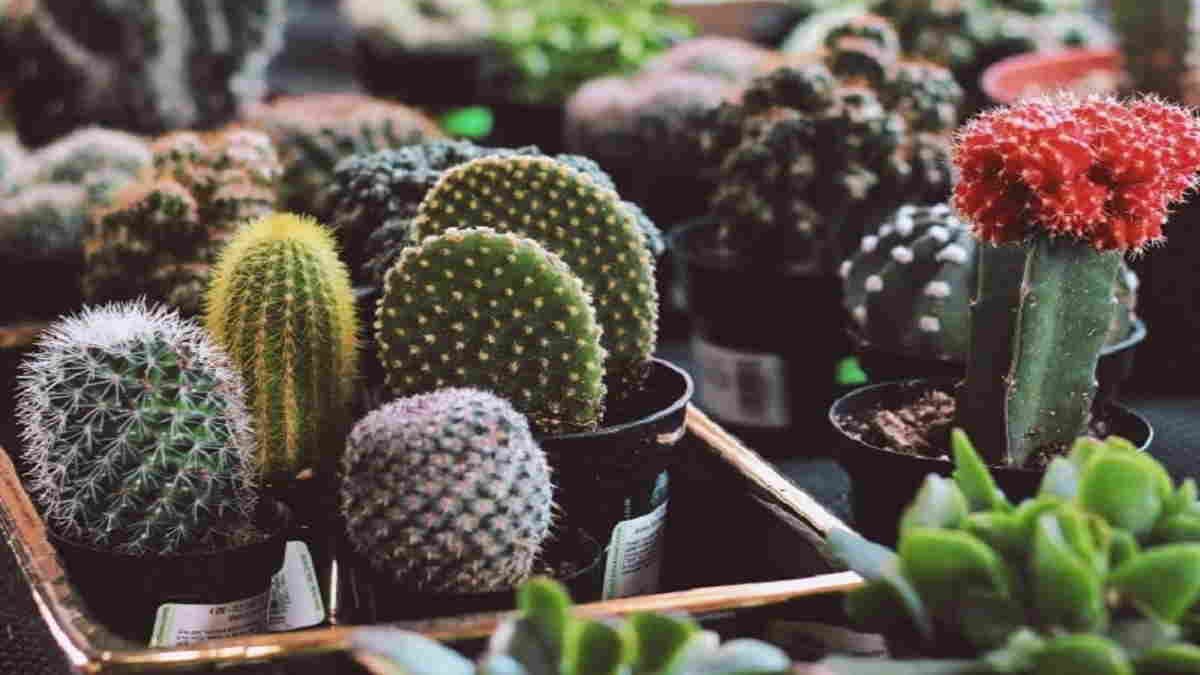Photosynthesis in cacti is very interesting. Plants with other names cactaceae This is indeed known to have many benefits.
Cactus is very well known as one of the plants that can live even without water for a long time. The hallmark of the cactus itself lies in the spines around the leaves.
Apparently, cacti also undergo the process of photosynthesis. How could that happen?
Read Also: Photosynthetic Reactions in Plants: Dark and Light, Here’s the Explanation
This is the Process of Photosynthesis in Cacti
Many of the plants that carry out the process of photosynthesis as the process of formation of their food substances.
Every plant that has chlorophyll will definitely carry out this photosynthesis process. Cactus, a plant that is known as an ornamental plant and is identical to dry and barren habitats, is morphologically different from other plants.
These differences make cacti have a unique mechanism for making food or in this case photosynthesis.
Photosynthesis is a process of making carbohydrates in the form of starch as food.
In general, all plants that contain chlorophyll and have chloroplast organelles in their cells are capable of photosynthesis.
Cactus plants are not only found in desert areas, but also in tropical and subtropical climates. The environment will greatly affect the adaptation of the morphology and physiology of the cactus.
In photosynthesis, cacti will fix Co2 or carbon. How did it happen?
Read Also: Carbon Cycle in Plants, What is Photosynthesis and Respiration?
CO2 Fixation Process Occurrence
Basically, the way of photosynthesis in cacti is still the same as other plants, namely during the day. They also carry out light absorption as well as photophosphorylation.
However, the cactus will absorb CO2 at night. That’s because during the day, the stomata contained in the cactus will be closed.
Cactus stomata will open at night as a form of adaptation. As a result, the metabolism of the cactus will be affected.
Metabolism in this cactus is known as crassulacean acid metabolism or metabolism asam crassulacean (CAM).
At night when the air is humid with low temperatures, the stomata will absorb CO2 and combine with the phosphoenolpyruvat (PEP).
The two will form oxaloacetate with the help of the enzyme PEP-carboxylase. Oxaloacetate it will then bear fruit.
Malate in the form of malic acid that is formed will later be stored in the vacuole. This organic acid will be useful in the Calvin Cycle when the light reactions occur during the day.
Malic acid will undergo decarboxylation to release CO2 and return to PEP. The CO2 will later be useful in the cactus photosynthesis process to produce food.
Read Also: Curved Leaf Bones in Plants, Get to Know Their Features!
Happens in the Trunk
Because cactus plants rarely have leaves, all the photosynthesis process will occur in the stem.
This can happen because cactus stems have stomata cells that are useful for capturing light in the process of photosynthesis.
That is why, the process of photosynthesis in cacti is different from other plants.
However, the purpose of photosynthesis remains the same, namely to produce their own food source. (R10/HR-Online)
–


